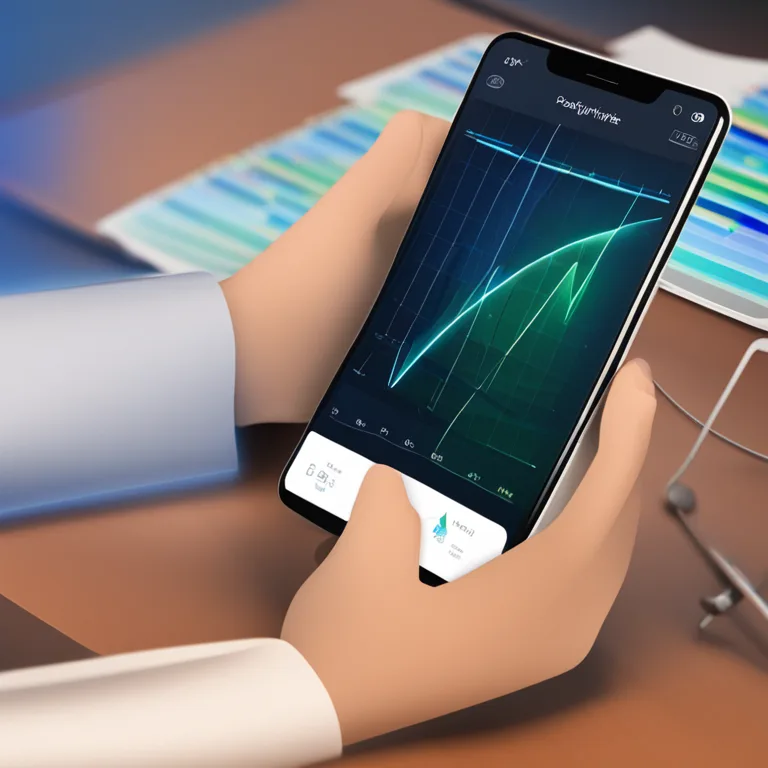
The Rhythms Within: Biorhythms and Psychological Well-being
Explore the intersection of biorhythms and psychology, and how these natural cycles can influence emotional and mental health.
article by Adrian Wallace
The Concept of Biorhythms
Human life is inherently rhythmic, from the beating of our hearts to the cycles of sleep and wakefulness that dictate our days. The study of these rhythms gave rise to the concept of biorhythms, a theory proposing that our physical, emotional, and intellectual capacities are governed by biological cycles. These cycles are thought to ebb and flow in predictable patterns throughout our lives, influencing our performance, mood, and overall psychological state. Although mainstream science grapples with the extent to which biorhythms impact our daily lives, the interest in utilizing these patterns to enhance well-being persists in various psychological arenas.

The Three Primary Cycles
Traditionally, biorhythms are segmented into three primary cycles: the 23-day physical cycle, the 28-day emotional cycle, and the 33-day intellectual cycle. Each of these cycles is said to oscillate between positive and negative phases, high points indicating periods of strength, and low points suggesting potential vulnerability. It is when these cycles intersect and influence one another that individuals may experience heightened states of stress or, conversely, peak performance. Psychology's interest lies in harnessing knowledge of these cycles to anticipate challenges and optimize human potential.

Psychological Applications of Biorhythms
Rational skepticism colors much of psychology's approach to biorhythms, yet certain practitioners integrate the concept into therapeutic settings. The idea is that by understanding an individual's biorhythmic patterns, therapists can predict and prepare for periods where someone might struggle with emotional or cognitive issues. Personalized biorhythm charts act as tools for anticipating fluctuations in mood or intellectual prowess, although the scientific community calls for rigorous evidence to substantiate such applications.

Critical Perspectives on Biorhythms
Critiques of biorhythms within psychology often stem from a lack of empirical evidence supporting its predictive power. Many researchers dismiss biorhythm theory as pseudoscience, arguing that while biological rhythms undeniably exist (circadian rhythms, menstrual cycles, etc.), the biorhythm cycles lack the scientific validation to be considered reliable. Consequently, while interest in biorhythms remains, it is essential to remain critical and evidence-based in their psychological application.

Technology and Biorhythms
Technological advancements have brought a surge of interest in personal health monitoring, including the tracking of biorhythms. Wearable devices now purport to track everything from sleep patterns to heart rate variability, which may provide insights into our physiological cycles. Their application in psychology hinges on the potential to collect large amounts of data that could reveal more about the impact of these cycles on mental health and offer approaches to personalized interventions.
Future Directions in Biorhythmic Research
As we move further into the 21st century, the potential of interdisciplinary research that combines psychology, biology, and technology promises to shed light on the significance of biorhythms. Future longitudinal studies may reveal more nuanced understandings of how these rhythms influence our psychological states and how we can proactively manage them for better mental health outcomes.
Published: 12/28/2023
Modified: 12/28/2023
More predictions
Come back here soon to learn more about yourself and your future


The Synergy of Cycles: Biorhythm Compatibility
Discover the secrets of biorhythm compatibility and how it might influence personal connections in our comprehensive guide.


The Concept of Biorhythm Compatibility
Discover the concept of biorhythm compatibility and its role in personal relationships in this comprehensive guide.


Biorhythm: The Significance of Compatibility
Discover the significance of biorhythm compatibility in relationships and how syncing life cycles can impact partnership dynamics.